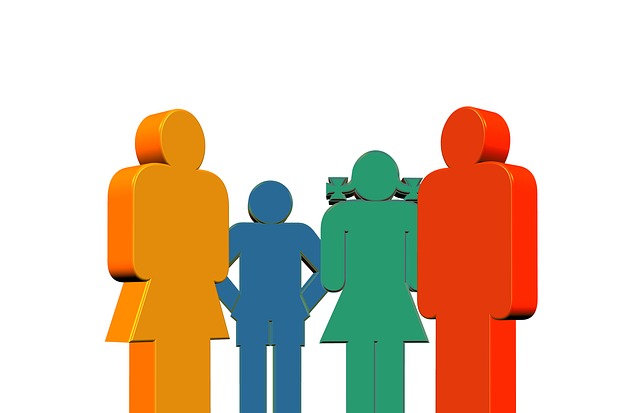Adoption vs Fostering
Fostering and adoption are often mistakenly considered to be the same. However, they have distinct differences. Both types of child care exist to provide children in distress with a happy, healthy life and a supportive family environment. It is important to note that a child does not have to be an orphan to be eligible for adoption or foster care.
What does Adoption mean?
Adoption is a legal process where a person legally takes another’s child and raises it as their own, according to the Oxford English Dictionary. In adoption, the court transfers all parental rights for the child to the new parents. The child gains the right to take the surname of their adoptive family, and they become part of that family as well. It is essential to recognize that adoption can lead to psychological consequences for everyone involved.
Key Takeaways
- Adoption is a legal process, while fostering is not.
- In adoption, the court transfers all parental rights to the new parents, whereas in fostering, legal responsibility remains with the birth parents.
- Fostering provides family life for a child until they turn 18, while adoption is permanent.
What does Fostering mean?
Fostering refers to providing a family life for a child born to different parents, usually due to the birth parents’ inability to provide a family life for their child. Fostering typically lasts until the child turns 18. In contrast to adoption, legal responsibility for the child remains with the birth parents, not the fostering parents. There are various types of foster care, such as permanent fostering, private fostering, short break care, short-term foster care, remand fostering, and emergency foster care. These different types of foster care exist to meet the unique needs of each child. Some fostering parents may care for the child for just a few days, while others may care for the child for a more extended period.
What is the difference between Adoption and Fostering?
- Adoption is a legal process, whereas fostering is not.
- In adoption, the court transfers all parental rights to the new parents, while in fostering, legal responsibility remains with the birth parents.
- Fostering provides family life for a child until they turn 18, while adoption is permanent.
- There are various types of foster care to meet the diverse needs of children.
These are the key differences between adoption and fostering. Both forms of child care aim to provide children in distress with supportive and loving family environments.
